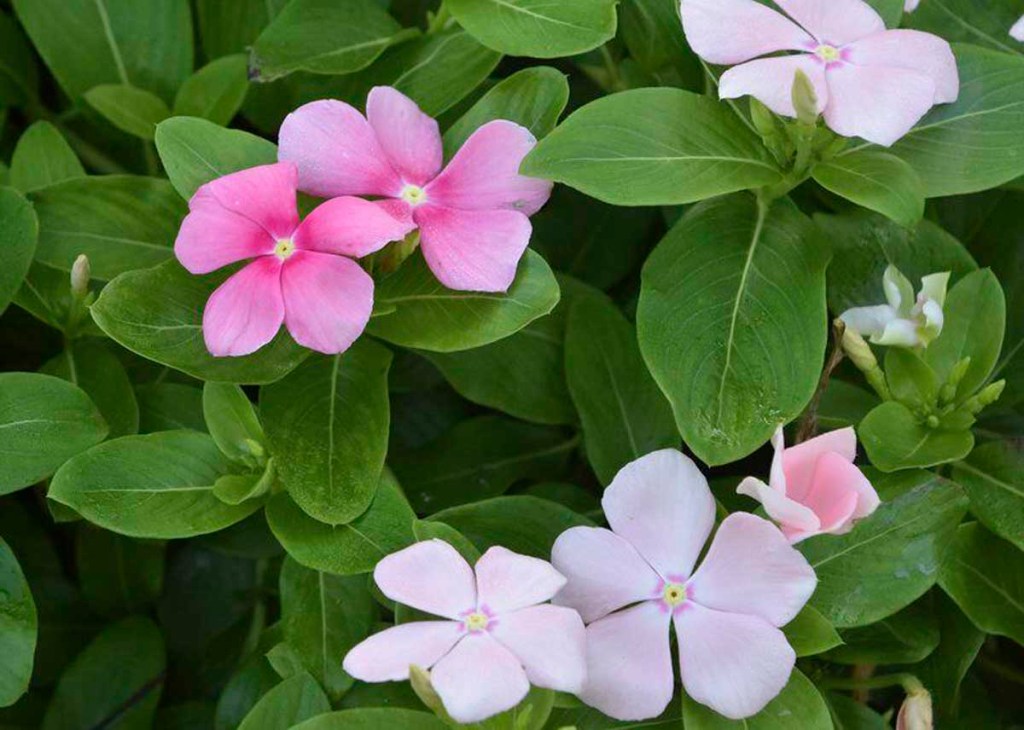SOUTHERN GARDENING: Plant volunteers spring up as garden surprises
Published 5:00 am Saturday, July 16, 2022

- The Cora Cascade that came up as volunteers in 2022 has bloom colors that range from lilac to shell pink and almost white.
One of my most enjoyable garden experiences involves plants that just randomly pop up in various places in my home garden and landscape.
Some gardeners call these weeds, but many others call them volunteers. I love my plant volunteers, and I let them grow in some unexpected places around my landscape.
I’ve written about these plant volunteers in the past. Earlier this summer, I wrote about the native white spider lily, Hymenocallis occidentalis, that popped up one day after about 10 years in my home garden. Since then, I’ve been propagating this plant and placing it in different areas of my backyard.
Other flowering plants finding new spots to randomly grow are the various milkweeds (Asclepias species) that I’m planting as forage for Monarch butterfly caterpillars. The seed pods of milkweeds open, and each seed is attached to a feathery, parachute-like structure that allows the wind to carry it off someplace new.
This summer, I’ve had what I call a grand surprise.
Last summer about this time, I wrote about a favorite flowering vinca, Cora Cascade, that I like to plant in my citrus containers as a colorful ground cover. This spring, I was stunned to see how many little volunteer seedlings had popped up from last year’s Cora Cascade plants. These little surprises have made quite an impression with their growth and flowering.
One thing I find fascinating about these flowering volunteers is that most of the time, they are not the same as their parent plants.
This makes sense because most flowering annuals we buy at garden centers are hybrids that have been bred to display specific colors, growth habit, etc. When these hybrids are pollinated, it’s the same as rolling the genetic dice. I like this analogy since I live on the Gulf Coast with all of the gaming casinos.
The new seedlings very often are quite different from each other and express the genetic traits of plants used earlier in the breeding process.
My 2021 Cora Cascade exhibited a consistent lilac color with a darker center eye, while the 2022 seedings have colors ranging from lilac to shell pink and almost white. You would think that I had planted mixed colors, but this was all Mother Nature’s handiwork. Love her!
One thing you need to know about plant volunteers is that the vast majority move around the garden via seeds.
I always allow a portion of the flowering plants in my home garden and landscape to go to seed. Then my wife or I can collect the seeds and sprinkle them around or just let nature and the wind take over to spread them for us.
• Dr. Gary Bachman is an Extension and research professor of horticulture at the Mississippi State University Coastal Research and Extension Center in Biloxi. He is also the host of the popular Southern Gardening television and radio programs. Contact him at southerngardening@msstate.edu.





